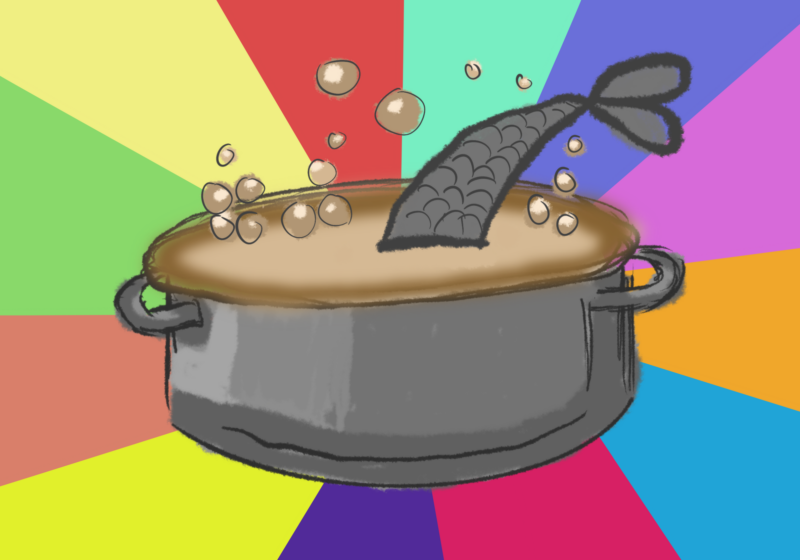For many of us, when thinking about the “average beer drinker,” we conjure up images of lazy bar squatters watching sports all day, stuffing chips in their mouth and stumbling home tipsy all while trying to balance the huge counterweight of their belly. We often assume that they drink the same kind of beer as most college students. These people’s tastes are so unrefined that they would rather have a beer over a fine glass of wine or top-shelf liquor. Homer Simpson is one example of this. However, there are a number of highly educated, refined people who do prefer a beer, and there is a reason. Beer, contrary to popular belief, is a drink with thousands of varieties. Each of these varieties offers a distinct, complex taste and a unique occasion when most suitable for consumption.
Let me remind you where most people stand when they arrive at UR. When freshmen first begin on their journey of endless alcohol, the topic of “favorite beer” almost surely comes up. Very often, and I was guilty of this as well, when asked about beer preferences, the most common response is “Miller Light – it is so much better than Bud Light.” Many of us are sucked into the idea that there are five types of beer: Budweiser, Coors, Keystone, Genessee and Miller. As people become more refined in their tastes, they will often refer to a beer they have had once or maybe twice as their favorite beer. It will go something like “My favorite beer is – insert a beer no one has ever heard of so that no one can question me on it.” However, no true beer enthusiast could ever answer the question “What is your favorite beer?” because there is a different style beer for every occasion, and a different beer within that style that will yield the greatest enjoyment.
It is time for beer drinkers to push for change. Hopefully by this point you are wondering what the difference actually is between a good beer and a “yellow” beer. To start, it all comes from the ingredients. Water, malt, hops and yeast are all that is necessary to make a wonderful and tasty brew. Since the German Purity Laws of 1516, only these ingredients are allowed in their beer. Germany certainly knew what they were doing.
Here in America, many breweries extensively use rice in the brewing process. Anheuser-Busch is actually the largest North American consumer of American rice. Rice is used because it does not add flavor to the beer but increases the alcohol content. Also, it is significantly cheaper than its better tasting cousin, barley. The big difference between mass-produced American lagers designed for mass consumption and beer designed to be enjoyed is the body of the beer. With a few exceptions, tasty beers will fill you up. These beers are not designed to be consumed en mass and thus are not seen passed out at parties. Tasty beers should be consumed from a glass and enjoyed much in the same way as fine wine, sipping it.
It is very difficult to transcend the love of beer through written word. The best way to learn more about beer is to try a variety of beers that are not extreme versions of their respective styles. To do this, purchase a sampler pack such as the Brewmaster’s Collection from Sam Adams or the sampler pack from the Flying Dog Brewery. Sam Adams generally produces beer that is very representative of a beer style. These beers will not have any extreme qualities, nor will they be very bitter. Also, Sammy A gives a description of the beer on the neck of each bottle. The Flying Dog brewery based out of Denver, Colo. is another good sampler pack that will offer a variety of beers. Available locally at Beers of the World, Flying Dog will offer a slightly different perspective on the beer styles but will be enjoyable to people with even the most unrefined tastes.
Try anything you can get your hands on. The more you know about beer, the more you will enjoy each and every one you drink. Give it a shot; you may be pleasantly surprised. Oh, and don’t drink if you aren’t of age. Bottoms up!
Wahl is a member of the class of 2008.



